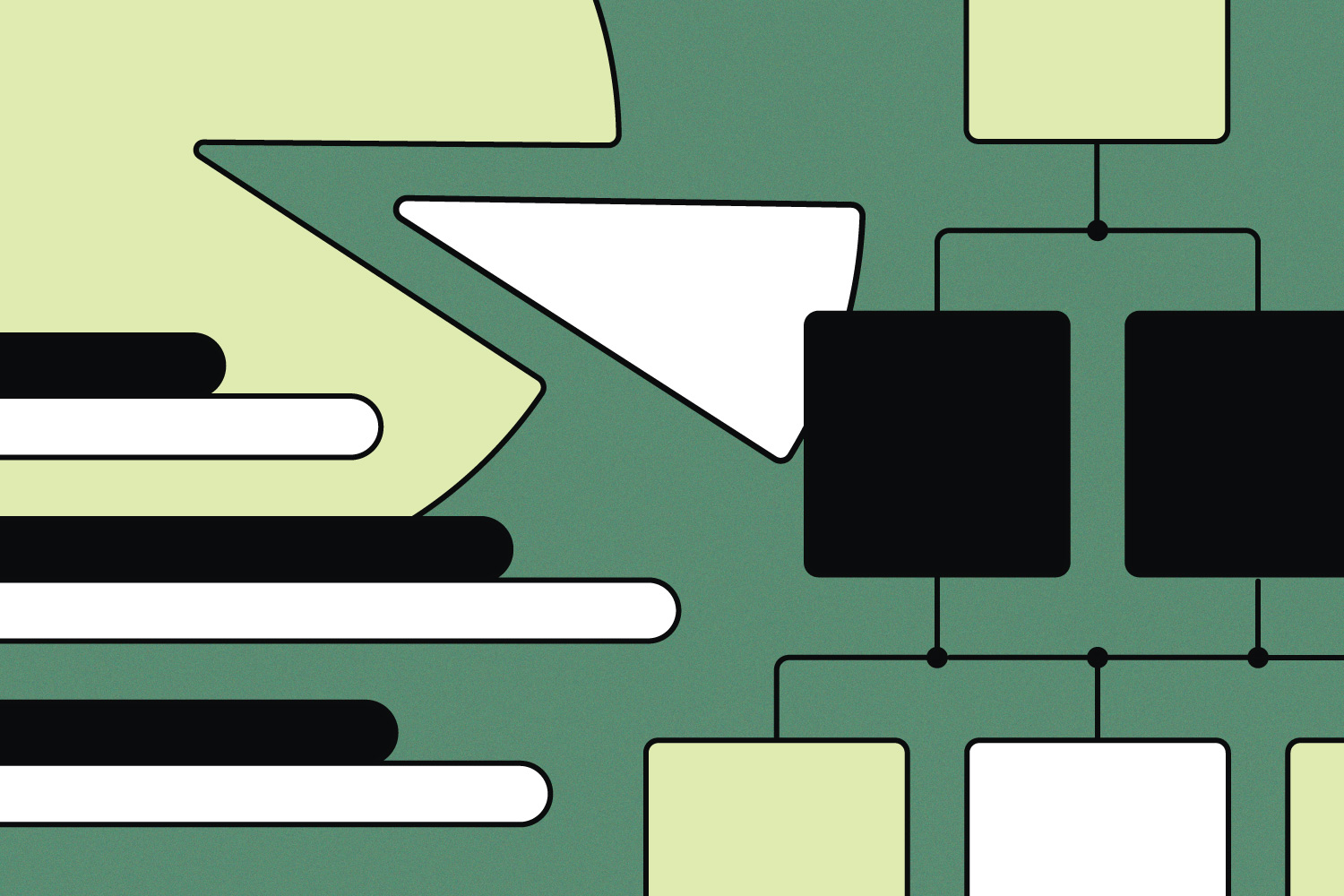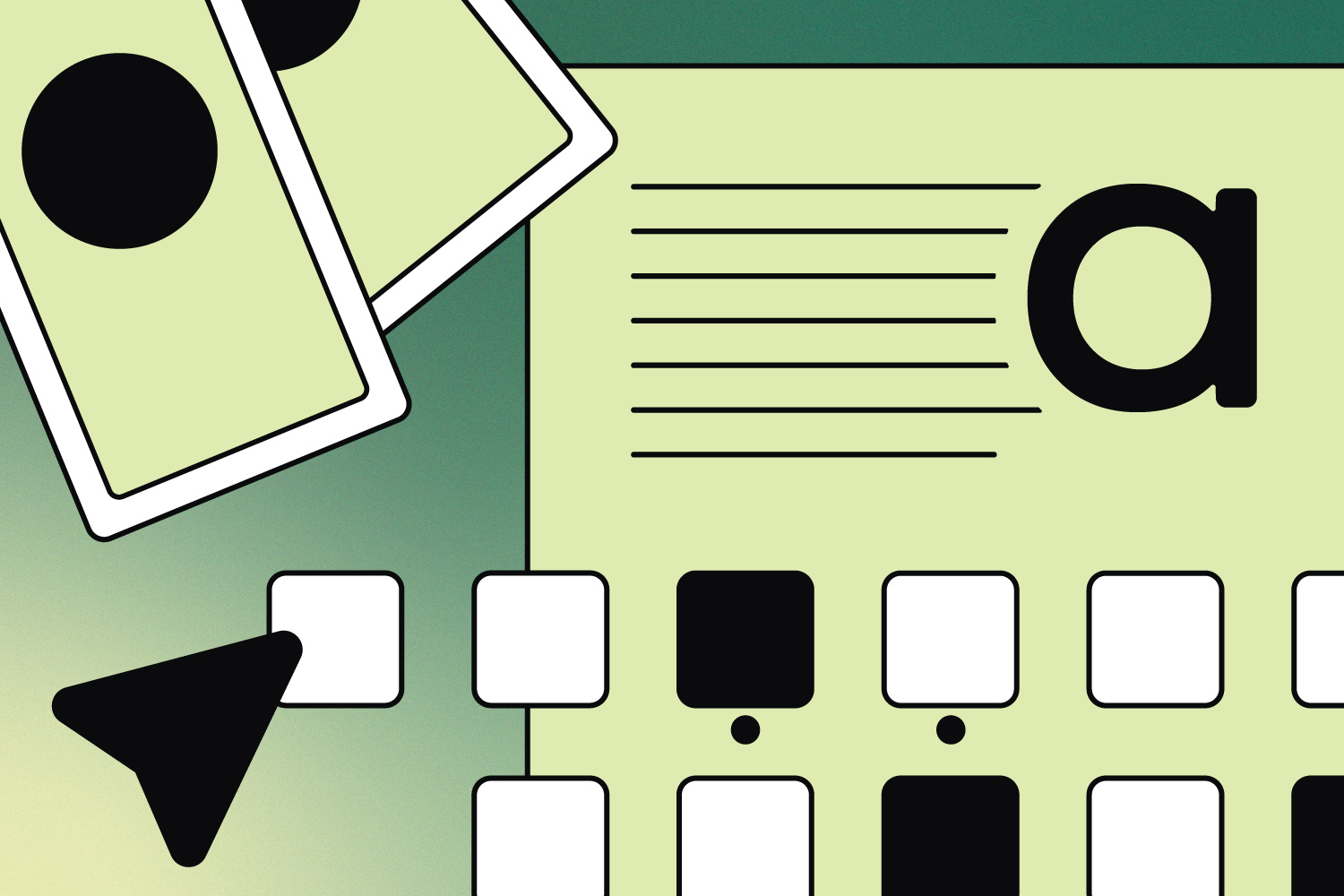Creating a website design brief is an important step in the web design process. It helps to ensure that the designer and client are on the same page and that the website will meet the user’s needs.
Did you know 94% of first impressions relate to your website’s web design? When a potential customer or visitor discovers your business online, making a positive and lasting impact is crucial.
A well-crafted brief is the foundation of a successful web design project. It serves as a roadmap, aligning clients’ and designers’ goals and expectations, and helps ensure a smooth and efficient design process.
In this blog post, we will explore the key components of a website design brief to help you get started. Learn how to craft the perfect brief and ensure your website project succeeds.
What is website design brief?
A website design brief is a document that outlines the specific requirements for the project, such as the objectives, target audience, budget, timeline, content, and any other specifications. It allows the designer to understand the user’s needs and client’s expectations and helps ensure the finished product meets them. The design brief should include all the details that will help the designer create an effective website, such as the project’s objectives, target audience, budget, timeline, and more.
Creating a website design brief is essential to ensure your website design project is successful. By providing a comprehensive website design brief, clients can ensure that their website project is completed accurately and efficiently and that the whole team works toward the same goals.
Who creates the website design brief?
The client should create the brief in collaboration with the designer to ensure everyone understands what needs to be done. Before creating the brief, the client must clearly understand their goals and objectives for the website design project.
What questions should be included in the website design brief template?
When creating a website design brief, it is important to have questions to help the web designer understand the project and create a successful website design. Answering these questions will help the client and the designer understand the project scope and create a successful website design.
It should include questions to help the client think through the project, such as what features they would like on the website, what content needs to be included, and what design elements should be used.
- What is the website’s purpose?
- Who is the target audience?
- What type of content will be included on the website?
- What are the key features and functionality?
- What is the timeline for the project?
- What is the budget for the project?
- What is the desired aesthetic for the website?
Doing so will help you create a comprehensive website design brief that will help you ensure that the final product meets both the client’s and user’s needs. Additionally, it will help you create an SEO-optimized website that meets all the latest standards. So, if you want to create a website design brief template, include these essential questions.
How do you write a brief introduction for a website?
The introduction sets the tone for your website design brief. It should be concise yet engaging, providing an overview of your organization and its goals. Here are a few tips for writing a brief introduction:
Start with a compelling hook
Grab the reader’s attention with an interesting fact or a statement highlighting your organization’s unique aspects.
State your purpose
Clearly explain why you need a website and what you hope to achieve. Emphasize the benefits and value your website will provide to your target audience.
Keep it concise
While providing enough context is important, make sure your introduction remains succinct and to the point. Avoid unnecessary details or jargon that may confuse the reader.

What should a website design brief include?
The design of your website plays a pivotal role in shaping that initial impression. It goes beyond aesthetics; it encompasses your brand’s user experience, credibility, and professionalism. In this digital age, where competition is fierce, capturing attention and building trust through a captivating web design is essential for the success of your business.
Writing a web design brief may seem daunting initially, but it becomes much simpler when you break it down into key steps.
Here’s a step-by-step guide to help you write an effective web design brief:
Project overview
Briefly introduce your company, its background, mission, and current status. Explain why you need a website and the objectives you aim to achieve through it. Describe any existing branding elements, marketing strategies, or previous design work that the website should align with. This section helps the designer understand your company’s context and goals.
Define your project objectives
Clarify the goals and specific objectives you aim to achieve through your website. Determine the website’s purpose, target audience, and desired outcomes. This information will help guide the design process. Be specific about your desired outcomes, whether increasing online sales, generating leads or enhancing brand awareness.
Project scope
Clearly define the scope of the project. Specify the number of pages, sections, and specific features you expect on your website.
Additionally, outline any additional deliverables required, such as a responsive design for mobile devices, content management system integration, or search engine optimization (SEO) considerations.
Competitor analysis and target audience
Explore other websites in your industry or similar niches to gather inspiration. Share insights about your competitors’ websites and what sets you apart. Highlight any features or design elements you like from their websites and things you don’t like on congruent websites. This research and information will help you communicate your preferences to the designer.
Define your target audience by identifying their demographics, interests, and online behaviors. Understanding your target audience will help the designer create a user-centric design.
Identify key features and functionality
List any specific features or functionalities you require for the website, such as e-commerce capabilities, contact forms, blog integration, or social media integration. Be clear about your expectations for these elements.
Branding and visual identity
Provide insights into your preferred design direction and style – including logo, color palette, typography preferences, imagery choices, and overall design direction. Share examples of websites, visual references, or design elements that inspire you to determine your design preferences.
Describe the visual style and aesthetics you envision for your website. If you have existing brand guidelines, share them with the designer to help them understand your aesthetic preferences and design expectations.
Timeline and budget
Specify your desired timeline for the project, including any specific milestones or deadlines and budget constraints or considerations. This information helps the designer evaluate the project’s feasibility and allocate resources accordingly.
Make your website design brief stand out
Writing a comprehensive website design brief is essential for a successful web design project that meets client expectations. Following a structured approach and including the key components discussed above, you can effectively communicate your goals, preferences, and expectations to the designer.
A well-crafted design brief streamlines the design process and ensures the final website aligns with your vision and serves the customer’s objectives.
By incorporating key elements such as clear objectives, target audience insights, and creative inspiration, you can make your brief stand out and attract top-notch design professionals. Transform your website vision into reality. Let our digital design team bring it to life.
